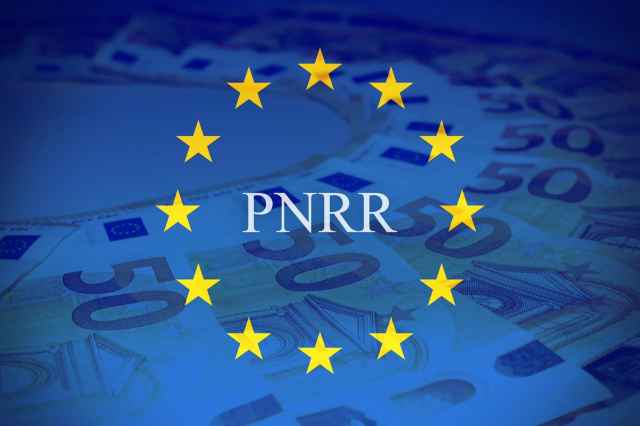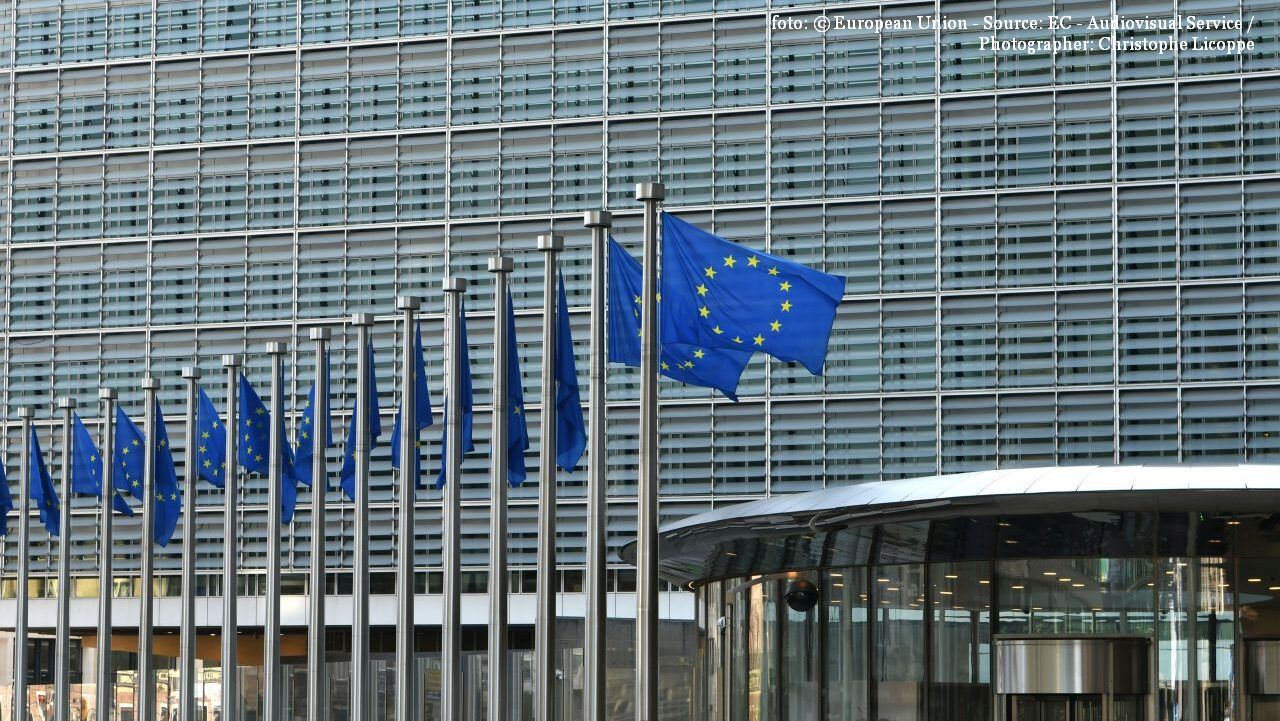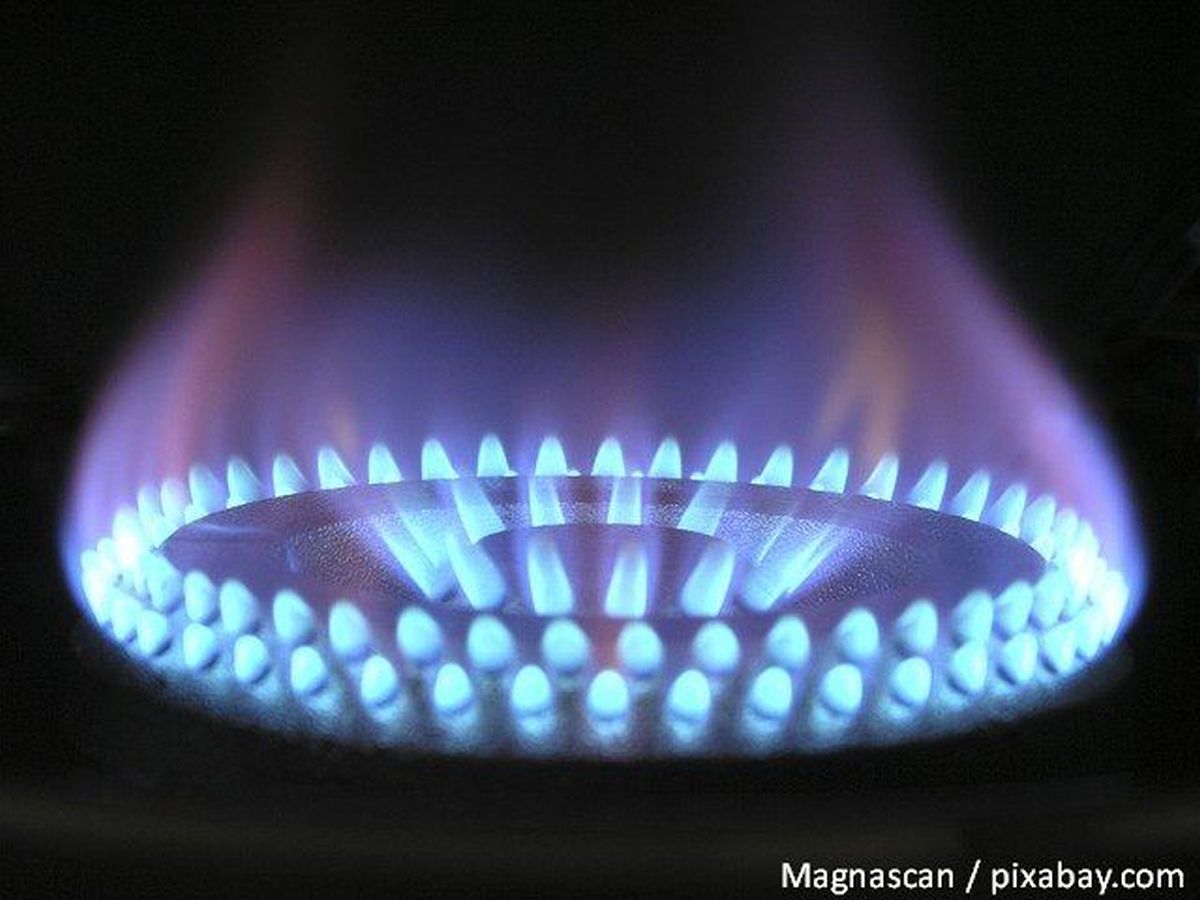Decisions for reaching targets of the National Recovery and Resilience Plan
The Bucharest Government passed a number of normative acts needed to access funds under the National Recovery and Resilience Plan.

Corina Cristea, 31.12.2021, 14:00
Under the National Recovery and Resilience Plan (NRRP) approved this fall in Brussels, Romania should receive from the EU, until 2026, a little over 29 billion euros. The money, under the shape of grants and loans, will go into investment and reforms structured around six pillars, namely, green transition, digital transformation, smart, sustainable and inclusive growth, social and territorial cohesion, health and economic, social and institutional resilience and policies for the new generation.
The European Union has so far disbursed 1.8 billion euros for Romania as pre-funding, the equivalent of 13% of the total amount. However, the further accessing of funds is conditioned by Romania reaching certain targets. For this purpose, the Bucharest Government adopted a number of projects on Thursday. One of them is aimed at reducing school dropout. With 543 million euro non-repayable funds, the Bucharest Government plans to decrease the school dropout rate, which currently stands at 15.6% in the urban area and at 26% in the rural area, to 9% by 2030.
Under the National Programme for reducing school dropout, passed by the Government, at least 2,500 schools at risk will be selected early next year and funded with 200,000 euros, for high performing education and extra school activities for children. Education Minister Sorin Cimpeanu explains: ”Children in these schools can go on school camps and take part in all kind of events that are eligible under this project. The purchase of sports equipment, IT equipment and even outfits for school activities are also eligible. School mediation activities and activities of additional psycho-pedagogical assistance needed after this difficult period, especially in areas with underprivileged communities where there are pupils with special needs, are also financed. ”
The Government also approved a decision regarding the development of rail infrastructure, with a view to increasing rail traffic by 25% and improving travel conditions for passengers by 2026. (EE)






























